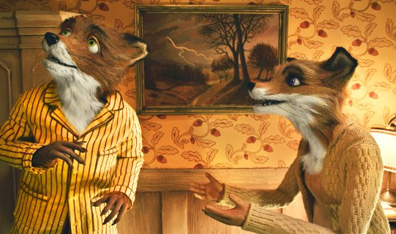Fantastic Mr. Fox Mixes The Familiar And The Stylish
Picture-Book Classic Mixes The Familiar And The Stylish With Imaginative Results

Latest Article|September 3, 2020|Free
::Making Grown Men Cry Since 1992
